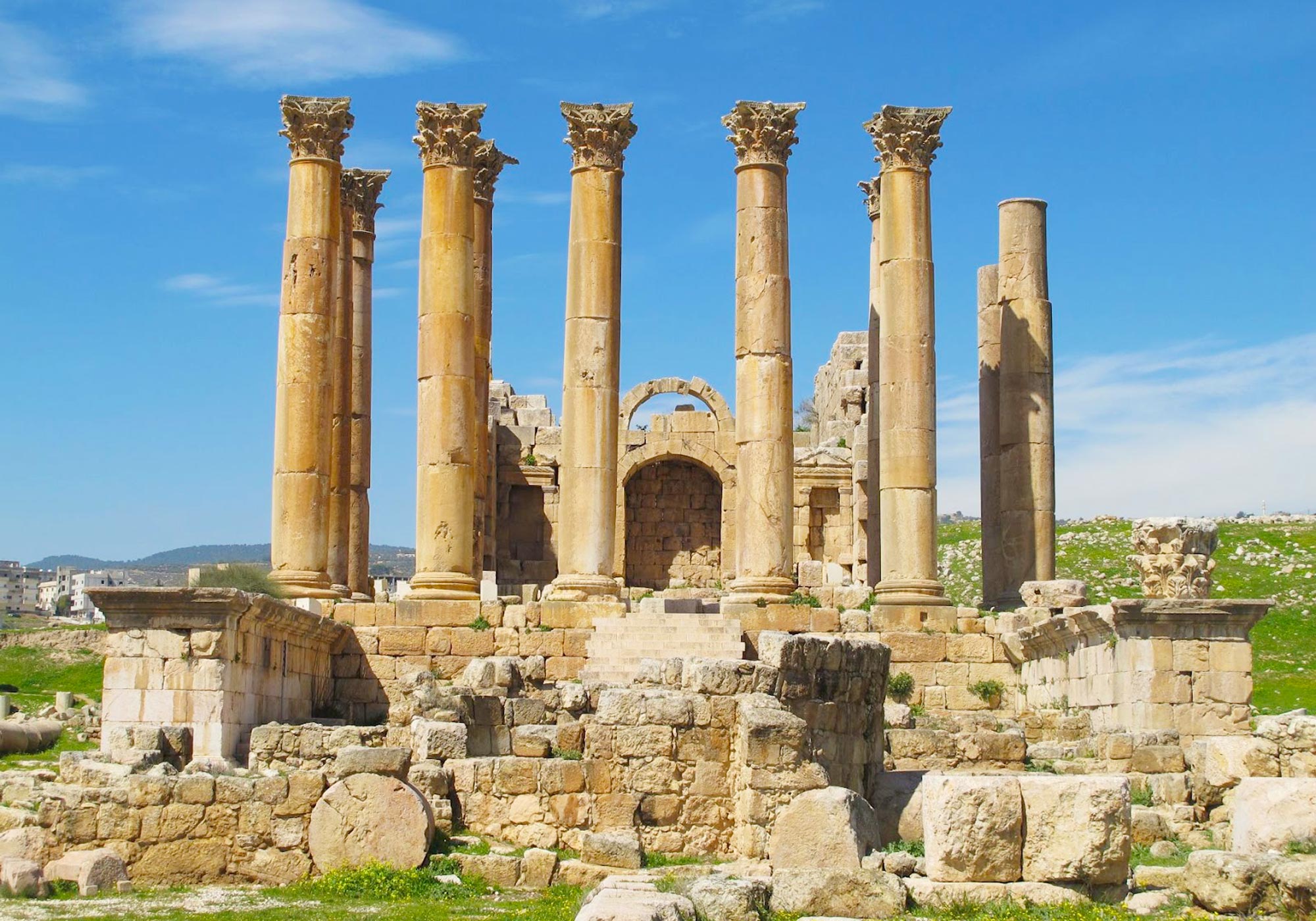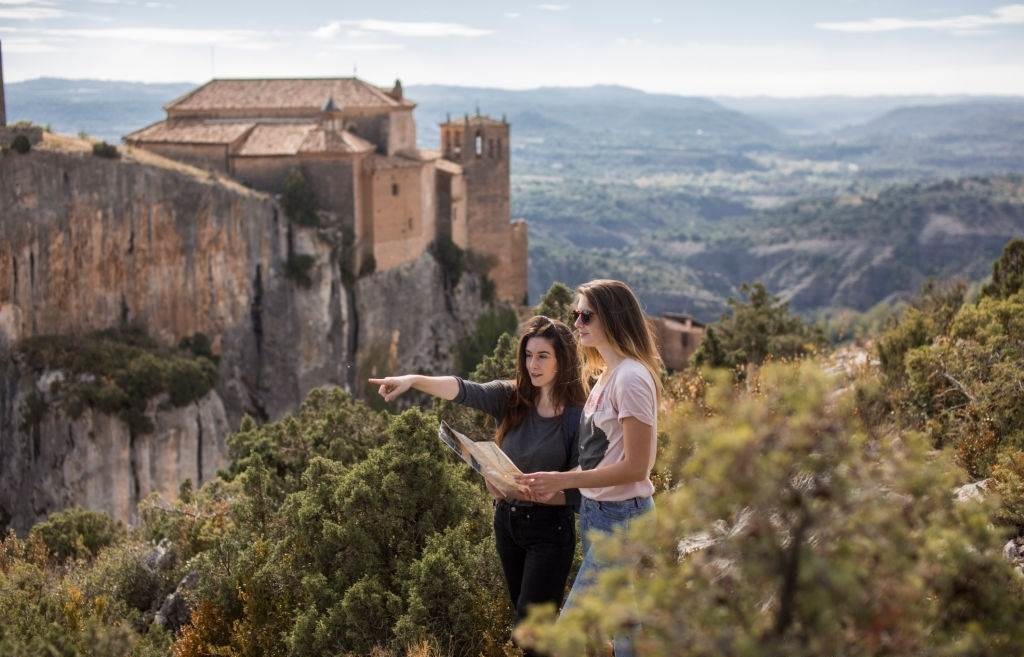On the low, reedy plain north of modern-day Selçuk, a single marble column rises sky-blue against the Aegean horizon. That lone shaft marks the spot where the Temple of Artemis, once the most spectacular sanctuary in the Greek world and one of the famed Seven Wonders of Antiquity, stood for nearly a thousand years.
What survives above ground is modest, yet the layers of story beneath reward anyone who slows down, looks carefully, and plans well. This long-form guide gathers everything a 2025 traveller might want to know: hard history, breathtaking architecture, airfare trends, hotel prices, seasonal weather patterns, festivals, crowd-savvy tips, and a sample budget, all woven into readable paragraphs by a human travel writer.
Temple of Artemis Overview
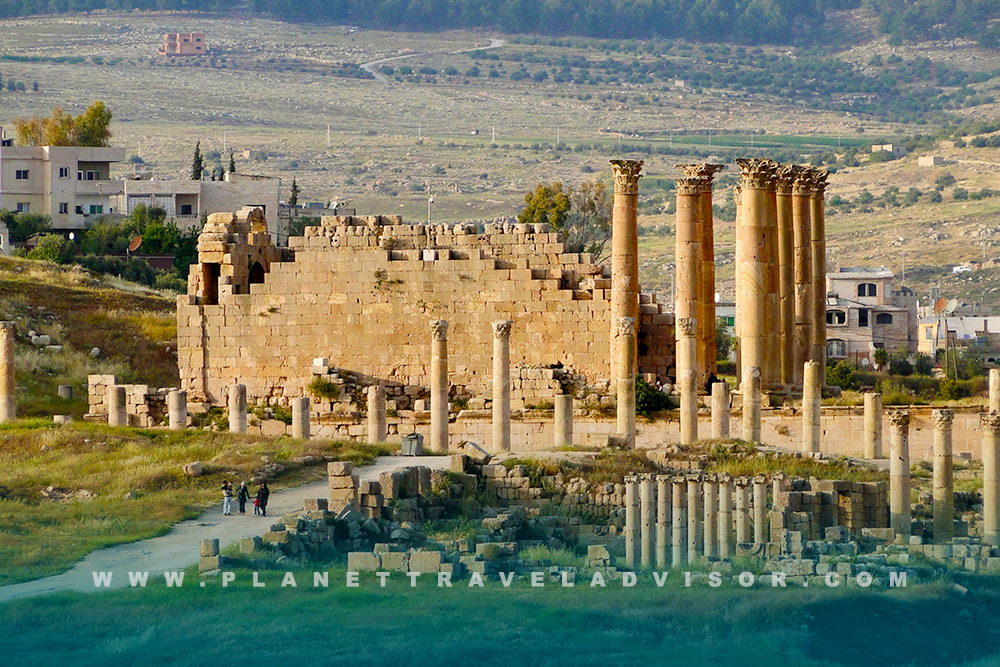
The Temple of Artemis (Artemision in Greek) once dominated an active harbour delta feeding the ancient metropolis of Ephesus. Its gigantic marble platform measured roughly 137 m × 69 m, an area three times that of the Parthenon, and it was ringed by more than 120 fluted Ionic columns, some carved in high relief with scenes of Amazons and mythical beasts.
Repeated cycles of rebuilding, looting, and quarrying reduced the wonder to near nothing by the 15th century, yet its influence endures in the architectural grammar of later Greek, Roman, and even Renaissance buildings. Today, the site is unfenced, free, and open 24/7, an easy ten-minute walk from downtown Selçuk.
Temple of Artemis History
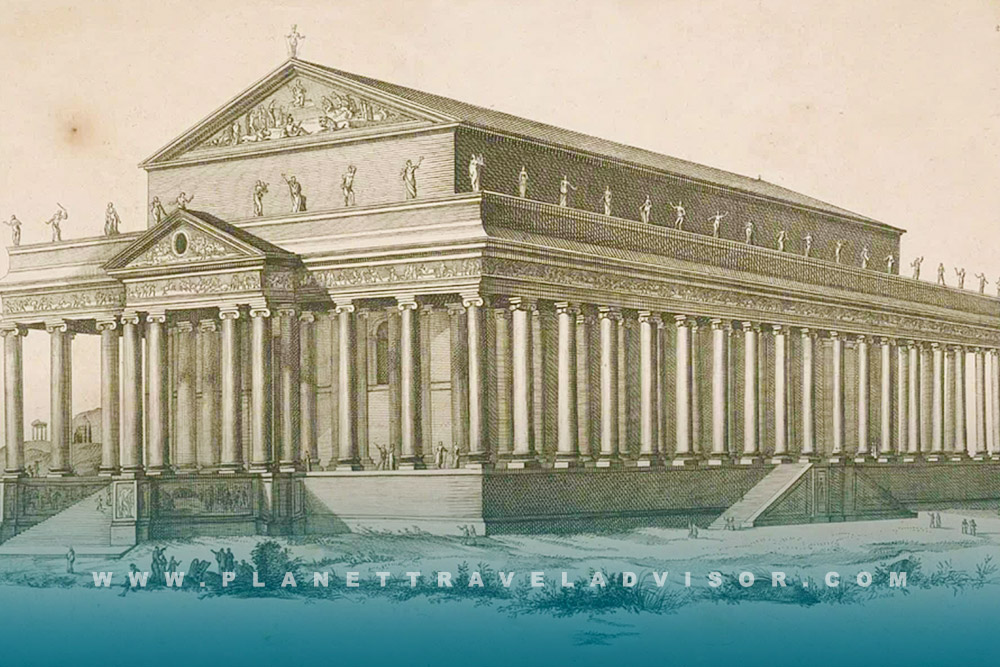
Long before marble and fluted columns, the sanctuary began as a Bronze-Age shrine to a fertility goddess whose identity later fused with the Greek Artemis. The first monumental temple rose around 550 BCE, funded by Croesus of Lydia and praised by Herodotus for its dazzling marble construction. Herostratus notoriously burned that structure in 356 BCE, the very night, legend says, that Alexander the Great was born.
After Alexander’s campaigns, local benefactors underwrote an even grander rebuilding, completed in stages over a century. That Hellenistic incarnation became the “wonder” celebrated by Antipater of Sidon and later Roman travellers. Silting of the Cayster River gradually choked Ephesus’ harbour, diverting trade revenues that sustained the cult. By Late Antiquity, the temple’s stones were cannibalised for fortifications, Hagia Sophia’s dome, and Byzantine basilicas. In the 1860s, the British engineer John Turtle Wood relocated the foundations after a seven-year hunt; many sculptural fragments unearthed then now reside in the British Museum.
Temple of Artemis Architecture
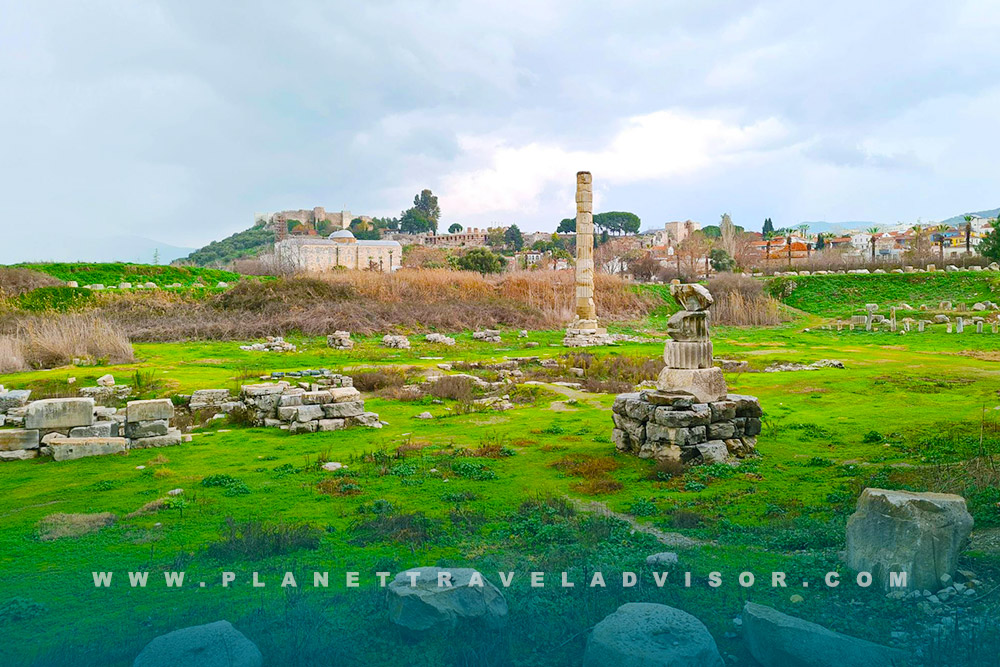
What made the Temple of Artemis so jaw-dropping was not only its scale but its technical daring. The platform floated on a bed of packed charcoal and sheepskins, an early shock-absorber against earthquakes. A double colonnade (dipteros) created a seven-metre-wide processional corridor around the cella, allowing pilgrims to circle the cult statue without disturbing inner rituals. Each column stood about 18 m tall and 1.2 m in diameter, carved from crystalline Parian or local marble, then assembled by wooden cranes and iron dowels.
Capitals merged delicate Ionic volutes with naturalistic acanthus leaves; one spectacular example now in the Metropolitan Museum of Art still shows drillwork so fine it resembles lace. Roof beams were cedar, overlaid with painted coffers that caught the afternoon light in gold leaf. The cult statue itself deviated from the archer-huntress familiar to classical art: the Ephesian Artemis was a static, upright figure swathed in a stiff robe studded with oval protuberances, interpreted as bull testicles, bees, or gourds, symbols of fertility that hark back to Anatolian earth-goddess worship.
Visiting the Temple of Artemis in 2025
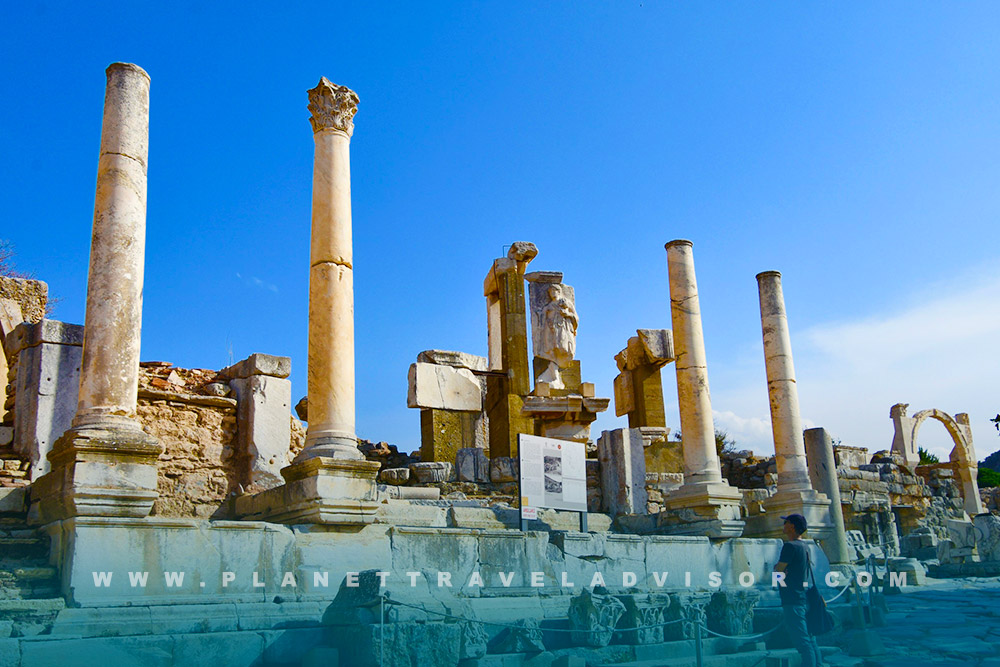
Modern travellers typically approach the Artemision as a side-trip from the vast ruins of Ephesus, but it deserves a deliberate pause. Because the grounds are unfenced and free, sunrise and twilight are magical: egrets stalk the marshes, storks nest on column drums, and Ayasuluk Fortress blushes pink across the valley. Interpretive panels outline the temple’s footprint, and a reconstructed column, stacked from disparate fragments, suggests the original scale.
Plan 20–30 minutes on site, then budget at least half a day for the Ephesus city ruins and the superb Ephesus Archaeological Museum, where marble copies of the multi-breasted Artemis statues headline the collection. Visitor pressure is heaviest in midsummer: the Culture Ministry recorded a record 2.7 million tourists at Ephesus in 2024, up 18 % on 2023. Coach parties from Kuşadası cruise port typically swarm between 10:30 and 13:00, so aim for first light or late afternoon to feel the site’s quiet power.
Getting to the Temple of Artemis
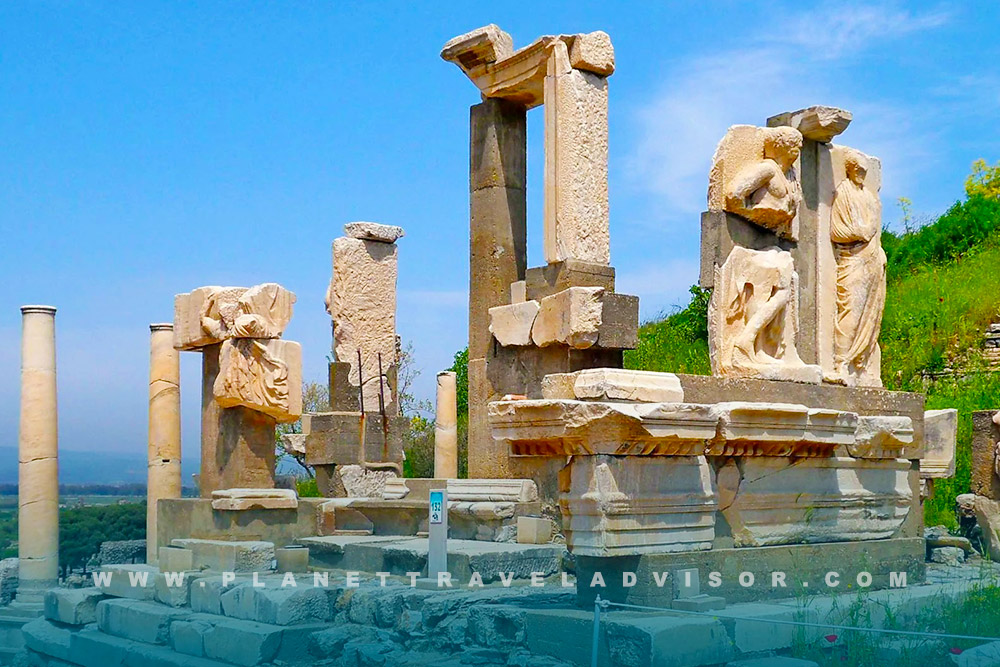
By air – Izmir Adnan Menderes Airport (ADB) lies 63 km north. Return fares from London hover around £76 on off-peak mid-week departures, according to Skyscanner’s live price index. Travellers from North America generally route via Istanbul; Kayak data show average U.S.–Izmir round-trips at $786 in February (the cheapest month) and over $1,300 in June. From ADB, hourly regional trains reach Selçuk in 75 minutes for under $5; rental cars on motorway O-31 cover the distance in about an hour.
By rail – The new high-speed line from Istanbul now reaches Izmir (Alsancak) in about 3 h 45 m; a same-platform change to a İzmir-Denizli regional service deposits you in Selçuk without wrestling luggage on buses.
By road & coach – Inter-city coaches link Selçuk to Bodrum, Pamukkale, and Çanakkale. Minibuses to Kuşadası beach resorts run every 30 minutes until midnight in summer.
Temple of Artemis Weather & Best Seasons
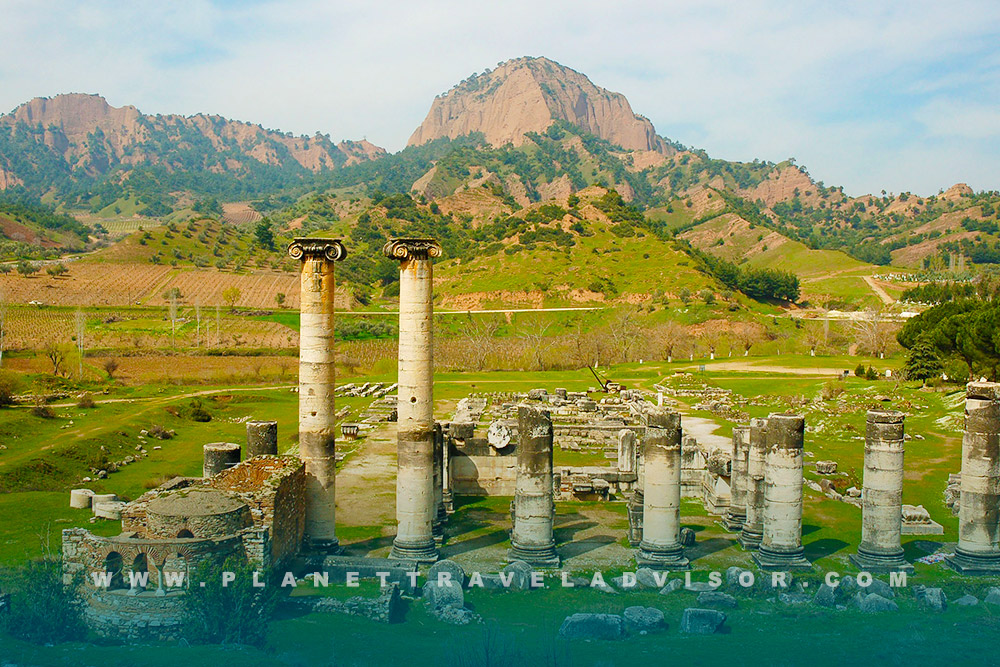
Selçuk sits in a hot-summer Mediterranean zone. Average highs soar to 28 °C in July and August, with rain statistically close to zero; January shivers at 11 °C and sees around 124 mm of rain. The sweet spots are April-May and late September-October, when highs linger between 20 °C and 26 °C, wildflowers perfume the hills, and hotel rates remain sane. Photographers relish winter’s low sunlight and empty ruins; just remember that daylight fades by 17:30 and some museum galleries close early off-season.
Events & Festivals around the Temple of Artemis

January – Camel Wrestling Festival. More than 20,000 spectators crowd Selçuk’s stadium to watch bedecked male camels lock necks in raucous matches under clouds of grilled-sucuk smoke.
May/June – Izmir International Festival. Ballets, operas, and chamber ensembles perform inside Ephesus’ 24,000-seat Roman theatre; dress in linen, bring a cushion, and expect goose-bumps when the Milky Way rises behind the stage.
August nights – Moonlight Concert Series. Turkish and visiting orchestras exploit the theatre’s perfect acoustics; past headliners have ranged from KODO drummers to Jonathan Antoine.
September – Selçuk Culture & Art Week. A week-long street fair of olive-oil tastings, pottery workshops, and folk dances staged beneath flood-lit Ayasuluk Fortress walls.
Practical Tips for the Temple of Artemis
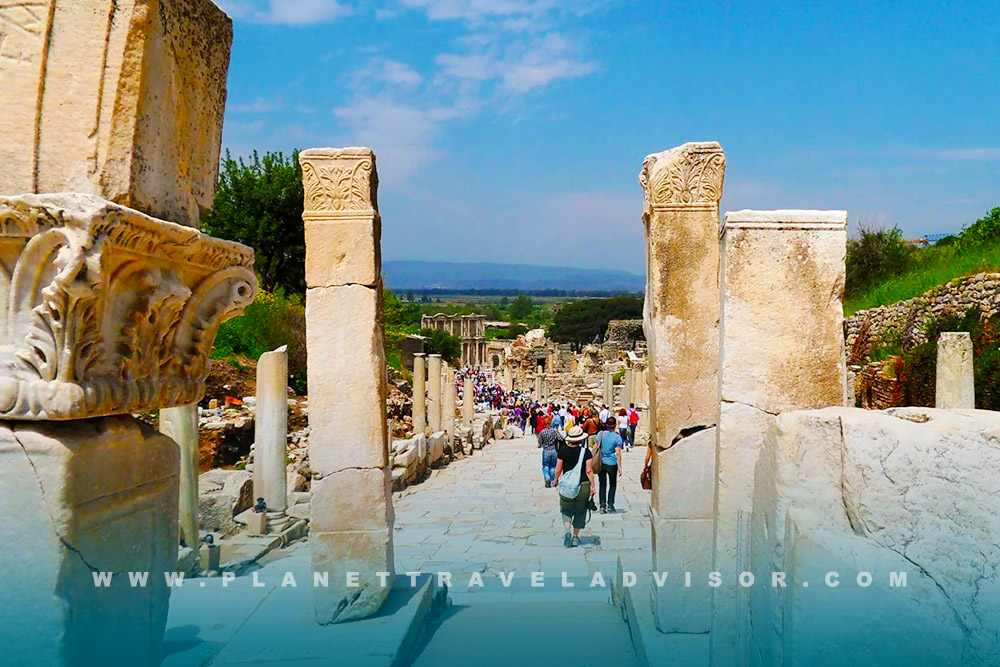
Tickets & passes. The Artemision grounds are free, but a Museum Pass Aegean (₺1,500 ≈ €44) covers Ephesus, the Terrace Houses, Ayasuluk Fortress, and St John’s Basilica for seven days, excellent value if you like to pace yourself.
Beat the crowd. Enter Ephesus at 08:00 sharp and walk uphill from the lower gate; you will meet the cruise-ship tide coming down as you exit. Alternatively, show up after 16:00 when the marble streets fall silent again.
Heat & hydration. In August, the UV index spikes to 9; carry at least 2 L of water and electrolyte tablets.
Dress code. Shoulders and knees must be covered to step into the neighbouring Isa Bey Mosque.
Drone ban. Unlicensed drones over archaeological zones incur heavy fines; apply for a Culture Ministry permit if aerial shots are essential.
Conclusion: Why the Temple of Artemis Still Matters
To stand before that solitary column is to feel the audacity of sixth-century-BCE engineers and the fragility of even the grandest human projects. Yet the story is not only about loss. Excavations continue to turn up sculptures, coins, and inscriptions that deepen our understanding of cult and commerce in the ancient Aegean; fresh visitor records attest to the site’s magnetic pull in the 21st century.
With affordable flights, family-run inns, lively festivals, and a climate that rewards shoulder-season travellers, the Temple of Artemis still fulfils its ancient role: gathering people from every corner of the world in search of wonder. Pack a brimmed hat, refill your bottle at the gate fountain, and give the goddess her due. Safe travels, şerefe!
Experience the magic of our expertly designed Turkey Tours, where every element, from fast-track access to must-see landmarks to boutique accommodations and local expert guides, is tailored for authentic discovery. Book this week to unlock exclusive seasonal deals and limited spring and autumn departures. Discover Istanbul, Ephesus, and Cappadocia in unmatched comfort and style.

